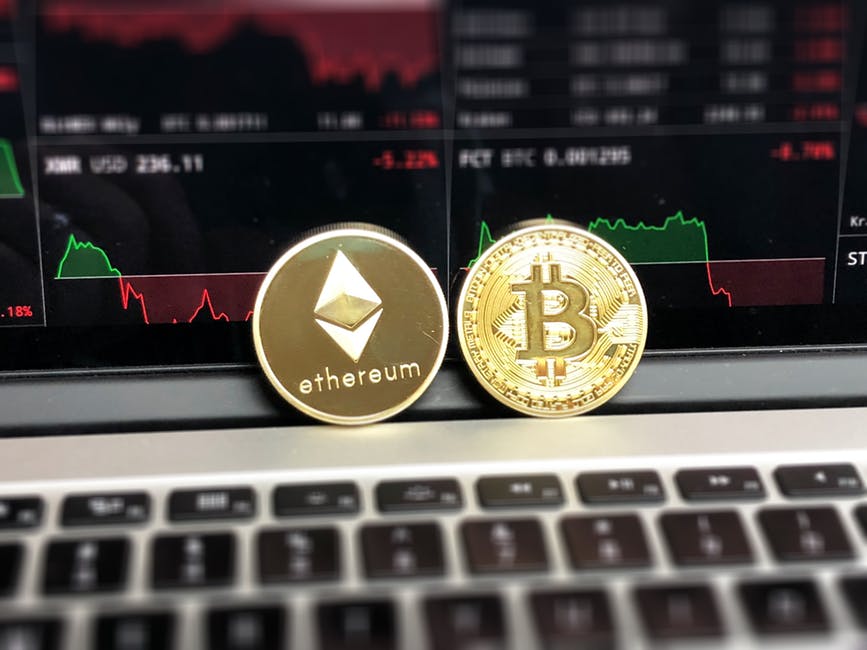Corruption in government departments is a nuisance every nation struggles with. Federal departments and institutions who are responsible for the welfare of citizens and country are found flagrant in deep corruption. The problem of corruption is deeply engraved from a single office to a major public corporation.
It entails detrimental consequences on the wellbeing of citizens and the prospect of development in the country. Most nations face unrelenting challenges and wiping out corruption from governmental departments. Yet, it is certain that no country can ever detach from the problem. Corruption fuels poverty. It puts the country’s position in different areas such as finance, economy, society, politics, and the damages are born by citizens.
In the modern age, governments are finding solace in the power of technology to fight different battles. Ever since the integration of advanced technology in public offices has taken place, governmental affairs have dramatically transformed.
On the other hand, governments are required to forge trust and be transparent and collaborative in their methods. Taxpayers have a constitutional right to understand the work of government and corruption can only mean the worse for them. In an attempt to ensure utmost transparency, governments can use blockchain as a tool.
Blockchain technology explained
In layman’s terms, a blockchain is a digital ledger that is completely decentralized, distributed and public. It records all sorts of transactions in a very transparent manner. No record on a blockchain can be modified retroactively without having to alter the entire chain of blocks.
Challenge corruption and beat the bureaucracy
Blockchain can be integrated in order to defeat bureaucracy by streamlining financial transactions, citizen interaction, managing contracts, etc. Research states that governments are launching projects and revamping systems with the integration of blockchain to transform every process. Regulatory affairs, identity management, public services and contract management are key areas that are being worked on. A study by IBV called “Building trust in government: Exploring the potential blockchain for government”, sheds light on how different governments are moving forward with it.
Estonia’s example
A remarkable example comes from Estonia where the government has introduced a digital identity card incorporated with blockchain technology. It allows users to access public services and so they can verify their data and records stored in government databases on the blockchain protocol. They can also control the access of all their information. Besides, the government of Estonia is also looking forward to introducing blockchain technology to safeguard healthcare records.
The digital ecosystem is certainly booming in Estonia with blockchain technology being the paramount example. Companies like Moniat Group that is heavily engaged in developing blockchain. Moniat has also introduced cryptocurrency (MAT) that can strongly work as a medium of payment on an Ethereum blockchain. In addition, Moniat Group is also working on a blockchain-based social media platform and blockchain-based identity apps. The platforms will use Moniat as the sole decentralized app payment method.
Moving on, blockchain would definitely endorse transparency in government dealings. By registering records, details of assets, data, etc. on a shared ledger, transparency would certainly be the factor. Important information cannot be withheld and would be shared widely on the protocol. Real-time transactions can be verified. Smart contracts will increase automation and so increase the pace of processes taking in public offices.
